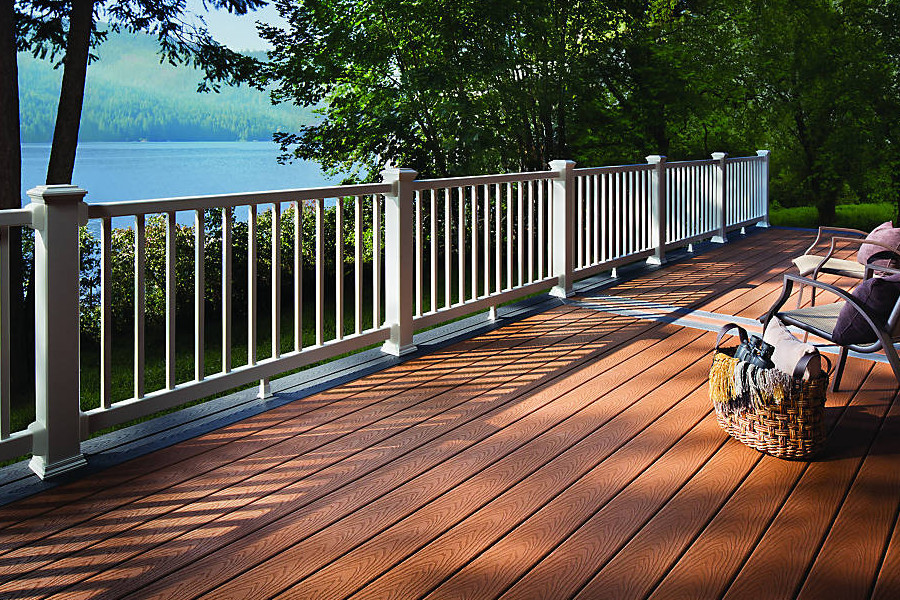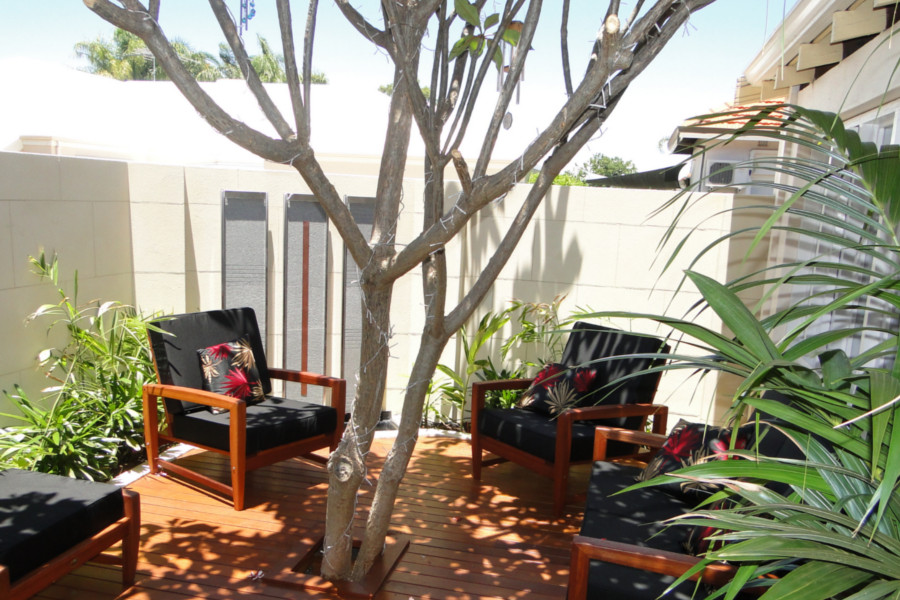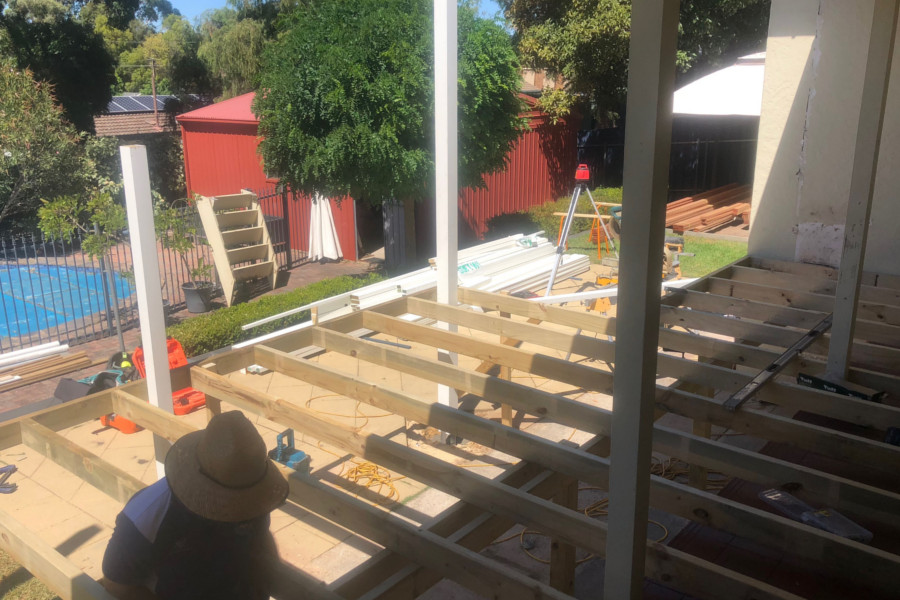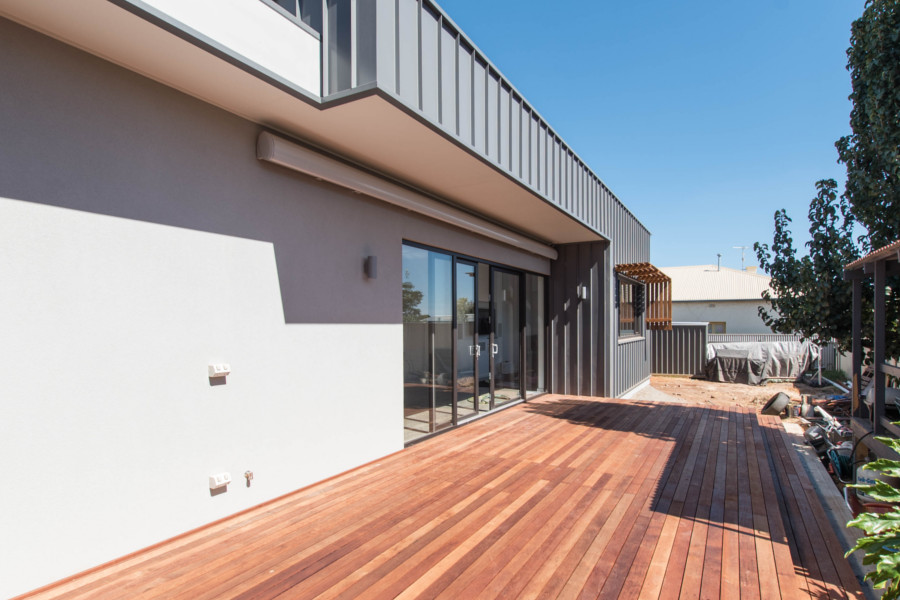
You may be walking around with some incorrect notions about composite decking. That’s okay because composites are comparatively new to the outdoor living extension scene and as such not too much about them is known or understood.
Consequently, what little we hear or learn about this generally wonderful material tends to be shrouded in misconception, misunderstanding and myth. So let’s go about debunking some of the glaring ones, shall we?
Composite Decks Do Not Look Like Timber
There was a time when composite decking boards were so shoddily made that even when you squinted they looked absolutely nothing like the real, natural timber they were supposed to replace. But that was long ago and these days, the technology for manufacturing them has caught up to the point where even if you didn’t squint you’d be hard-pressed to tell the difference.
If you consider that composite deck boards such as Trex are manufactured from discarded wood chips and plastic, and the likes of Millwood are entirely made from polyurethane and are timberless, you should be nothing short of amazed by how closely they resemble the real thing.
Composite Decks Won’t Ever Fade
Of course they will; composite decking boards are incredibly durable, but not indestructible. Constant exposure to sun and other weather elements and the wear-and-tear of daily use will take their toll eventually. But that’s going to take quite a long time because composites have technology on their side.
Trex decking boards, for example, feature a capping material similar to that used to protect golf balls from wear and tear. That’s why Trex boards do not rot, warp or twist and they are resistant to almost anything. And that’s why they can offer a 25-year warranty (for domestic use; only 10 years for commercial settings) against fading and stains. That’s a pretty long time, but it’s not forever.
Composite Decks Require Zero Maintenance
Composite decks do not need to be stained or painted to increase their durability, unlike timber. They’re quite durable and resistant right “out of the box.” But it does help to keep them clean. Dirt and grime can build up on the surface of the boards. These may not adversely affect the composites directly but if allowed to build up for too long the surface of your deck may become slippery.
Composite Decks Are Bad For The Environment
These days the mere mention of “plastic” is enough to get a nasty reaction from people concerned with the welfare of the planet. So you can just imagine what a tough sell composites can be, considering they are made from recycled plastic material.
But there’s the saving grace right there; premium composites like Trex are made using recycled plastic. So no new plastic is introduced into the environment. Trex use up what already exists, taking these out of the ecosystem where they can do harm and locking them up within composite decking boards where they can safely be stored while at the same time providing you with utility and value.
We hope we have helped debunk these wrong ideas about composite decking and helped you understand some of the advantages as well as the limitations. And hopefully you’ll seriously consider composite decking for your future outdoor extension plans.



